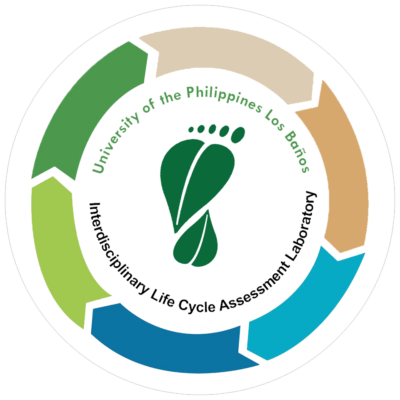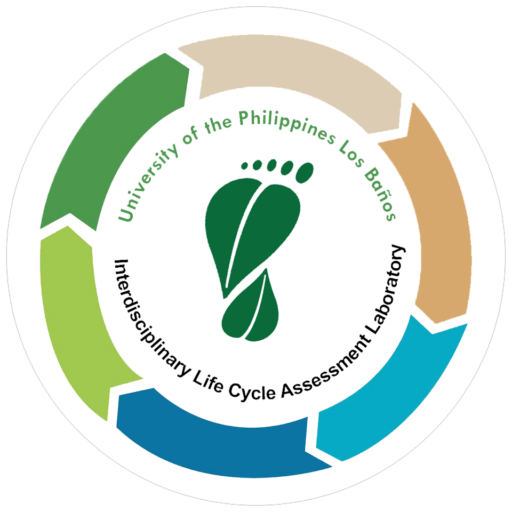Over the span of almost four years, the laboratory has handled and is currently handling several projects on LCA, has attended conferences and training related to LCA and sustainability engineering , and has managed internal projects for the advancement of the laboratory.
UPLB-ILCAL’s pioneering LCA researches and activities can be considered as leverage to the foreseen onset of LCA and sustainability initiatives of both the government and the private sector. During UPLB-ILCAL’s one-year exposure, the concepts of circular economy, sustainability engineering, cleaner production as well as sustainable development have been the primary concerns of different Philippine government institutions and private companies. The current works of UPLB-ILCAL is just the beginning but we foresee that in the coming years, life cycle thinking, circular economy, and sustainable development will be trending. These concepts are widely being practiced in the developed countries and it is not far from reality that the Philippines, being a member of United Nations and its commitment to take actions in achieving Sustainable Development Goals will apply and embrace the concepts.
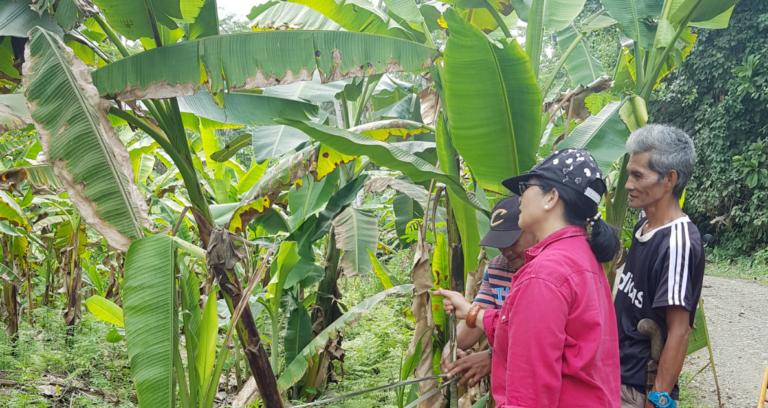
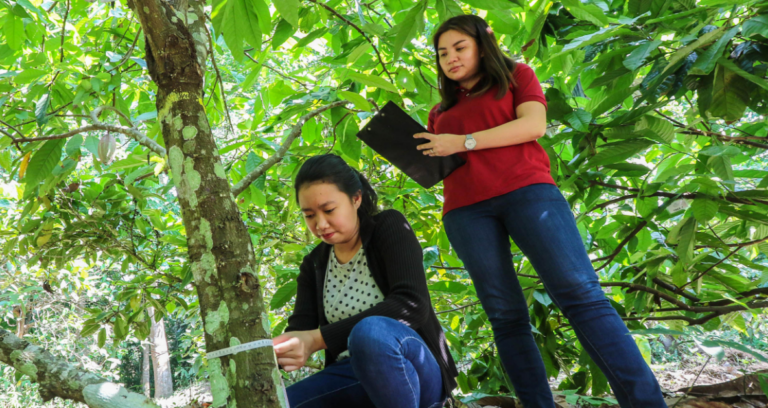
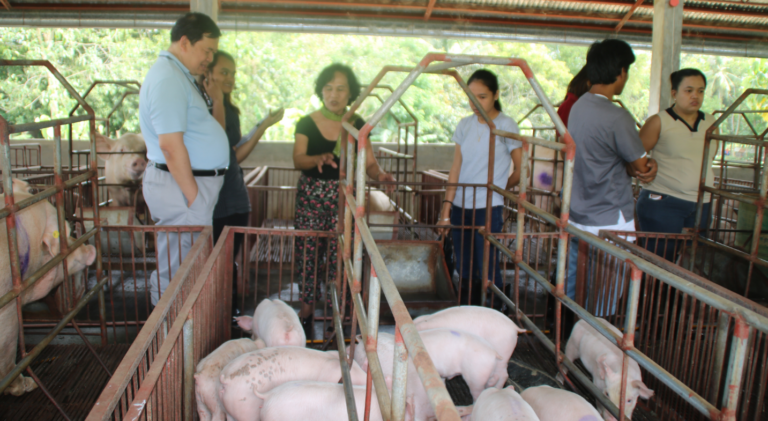
LCA-Related Projects
Biofuels Act of 2006 (Republic Act No. 9367) was enacted to reduce the country’s dependence to oil importation by mandating an increasing blend of biofuel with petroleum. Additionally, the law aims to mitigate toxic and greenhouse gases (GHGs) and boost the country’s rural economy by promoting the use of biofuels from indigenous resources.
For almost ten years since the implementation of the law, the Philippine biofuel industry has shown progress. Particularly for bioethanol, local capacity grew twelve times from 30 million liters per year (MLPY) in 2009 to around 365 MLPY in 2018 (DOE, 2018). This translates to about half of the bioethanol requirement for the current mandate of E10 in 2018; while the remaining 50% of bioethanol requirement is imported.
Bioethanol blending is planned to increase from E10 to E20 in 2020. However, Department of Energy (DOE), as the chair of the National Biofuels Board (NBB), has released its recent recommendation to review the bioethanol mandate through its new roadmap until 2040. This is primarily due to insufficient feedstock supply and high local price of bioethanol.
As the bioethanol industry reaches a decade and as the debate strengthens on what ethanol blending shall be imposed, it is in due time to asses if the objectives of the law are being met. This study aims to examine the local bioethanol industry and assess its contribution to the country’s rural economy and climate change mitigation efforts. This study shall serve as a significant tool which may influence the course of bioethanol industry in the Philippines.
This study will assess the supply chain of the bioethanol processing plants in the country in terms of its socio-economic and environmental impacts.
In general, the study aims to assess the socio-economic and environmental impacts of the Philippine bioethanol industry.
Particularly, the study aims to:
1. Determine the job generation and livelihood creation (if there are any) as a result of the establishment of local bioethanol distillery.
2. Estimate the possible revenues generated by the bioethanol-related industries as a result of the Philippine bioethanol program.
3. Analyze the carbon footprint and GHG emission reduction potentials of each of the bioethanol distilleries.
4. Conduct sensitivity analysis of the socio-economic and environmental impacts of bioethanol production.
5. Project the potential job generation, revenues of bioethanol-related industries and avoided GHG emissions of the Philippine bioethanol industry at different blending scenarios until 2030.
Philippines is the ninth top sugarcane producing country in the world (World Atlas, 2019) with a total of 418,257 hectares of sugarcane land harvested and about 23.9 million tons of cane stalks milled in crop year (CY) 2017-2018 (SRA, 2018). The sugarcane industry in the country has been one of the sources of income and livelihood of farmers contributing to national economy way back the Spanish colonization period.
In September 2015, SRA released the Sugarcane Roadmap 2020 which serves as a guide in attaining a sustainable and diversified Philippine Sugarcane Industry through the following criteria: 1.Improved income of farmers, millers, producers and workers; 2. Economic growth and community development; and 3. Cleaner environment (in terms of energy efficiency and greenhouse gas reduction). These objectives were strengthened by virtue of Republic Act. No. 10659 or the “Sugarcane Industry Development Act (SIDA) of 2015.” The law aims to promote a competitive sugarcane industry by maximizing sugarcane resources, improve the income of farmers and farm workers through improved productivity, product diversification, job generation and increased efficiency of sugar mills.
However, the Philippine sugar industry is currently being faced with a challenge of a possible sugar import liberalization, which primarily aims to address the high domestic price of sugar. Therefore, it is in high time to assess the socio-economic and environmental impacts of sugar production in the country which ultimately aims to quantify the socio-economic and environmental benefits over the costs of the Philippine sugar industry, while taking into consideration the efforts and targets of the government for a more competitive and sustainable domestic sugar industry. This study also aims to highlight the potential socio-economic and environmental gains or losses of the sugar industry with the onset of sugar import liberalization.
This study will conduct a techno-economic analysis, using supply chain and life cycle assessment techniques to evaluate national socio-economic and environmental impacts of sugar production involving representative domestic sugar mills.
In general, the study aims to conduct a country-wide socio-economic and environmental impacts assessment of the Philippine sugar industry covering the twelve (12) proposed representative sugar mills.
Particularly, the study aims to:
1. Quantify the energy, water and carbon footprints of domestic sugar production relative to established literature environmental footprints of other relevant agro-industries.
2. Determine the job generation and livelihood creation (if there are any) of the domestic sugar industry.
3. Assess the changes in standard of living, income and employment of farmers and/or farm workers associated to the representative sugar mills within the last five years.
4. Evaluate the energy return on investment, water availability or scarcity index and global warming potential of domestic sugar production.
5. To determine bottlenecks in material and energy flows of sugar production using a simulation software and create sensitivity outputs such as at maximum capacity as against rated capacities.
6. Determine the cost-benefit of domestic sugar production against sugar importation.
7. Formulate policy options for the sugar industry based on the findings of the study.
The technology of producing biogas from rice straw – an unutilized agricultural by-product, has been proven viable and effective. Although biogas production is considered a renewable source of energy and has lower GHG emissions compared to other energy sources, fugitive emissions are still inevitable within the system. Therefore, this study aims to quantify the GHG emissions within the enhanced rice straw biogas system , with focus on digestate handling fugitive emissions.
The following are the specific objectives of the study:
1. Quantify fugitive GHG emissions of the rice straw biogas production system
2. Explore different options in managing digestate considering lowest possible GHG emissions
3. Compare GHG emissions of other energy (heat and electricity) production systems
4. Estimate benefits of GHG savings from the system
5. Recommend strategies to reduce GHG emissions of the system
